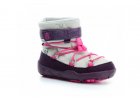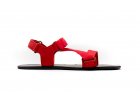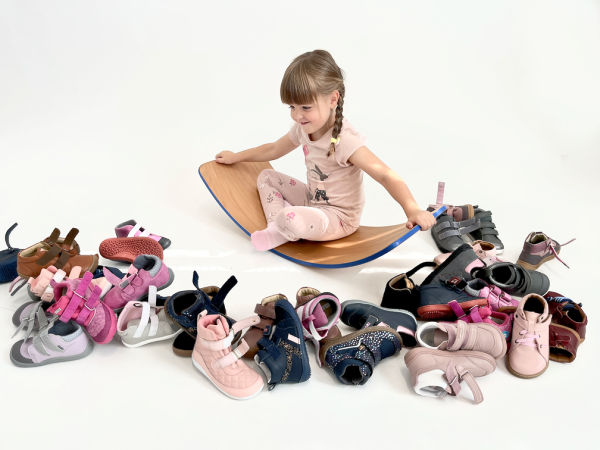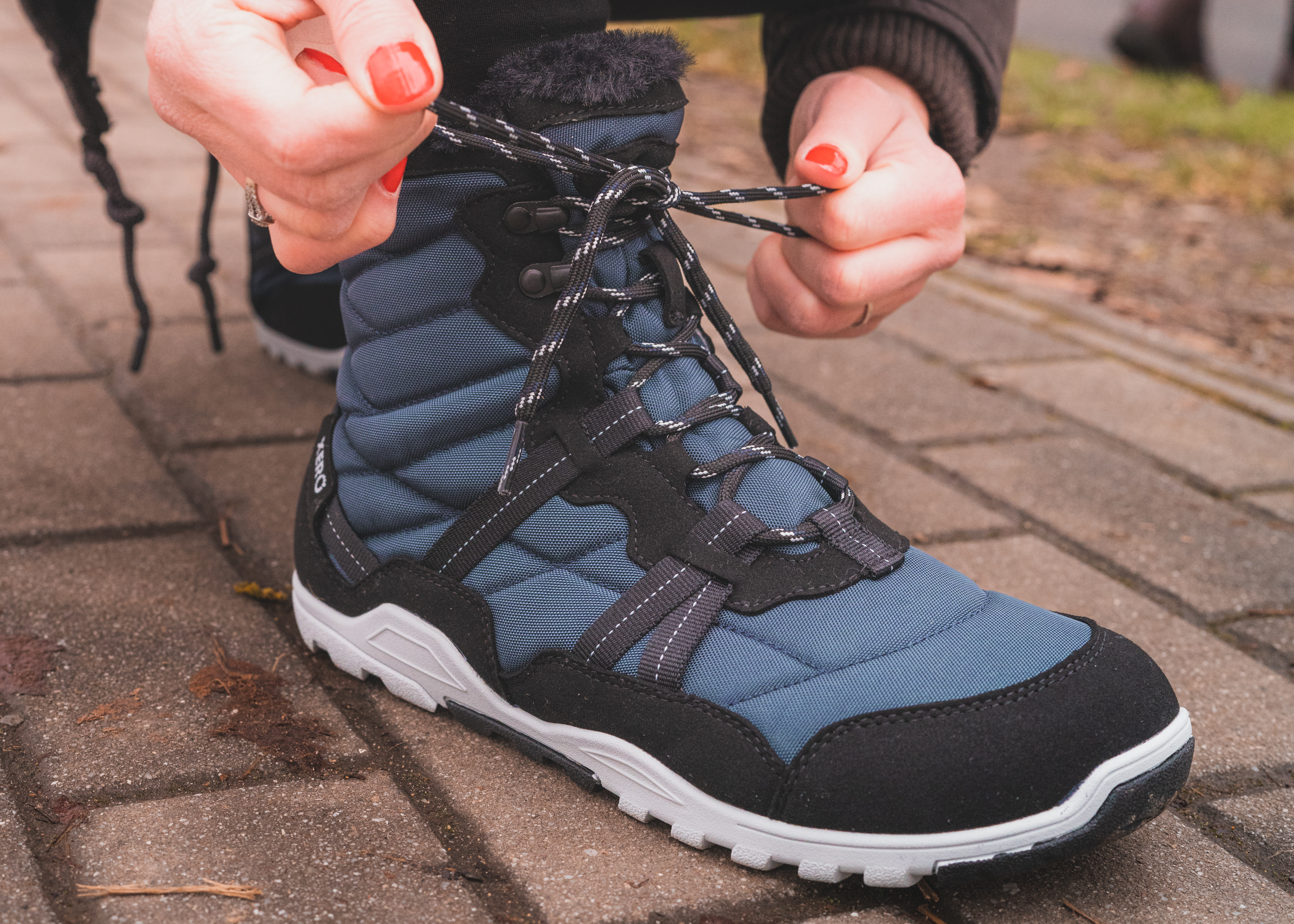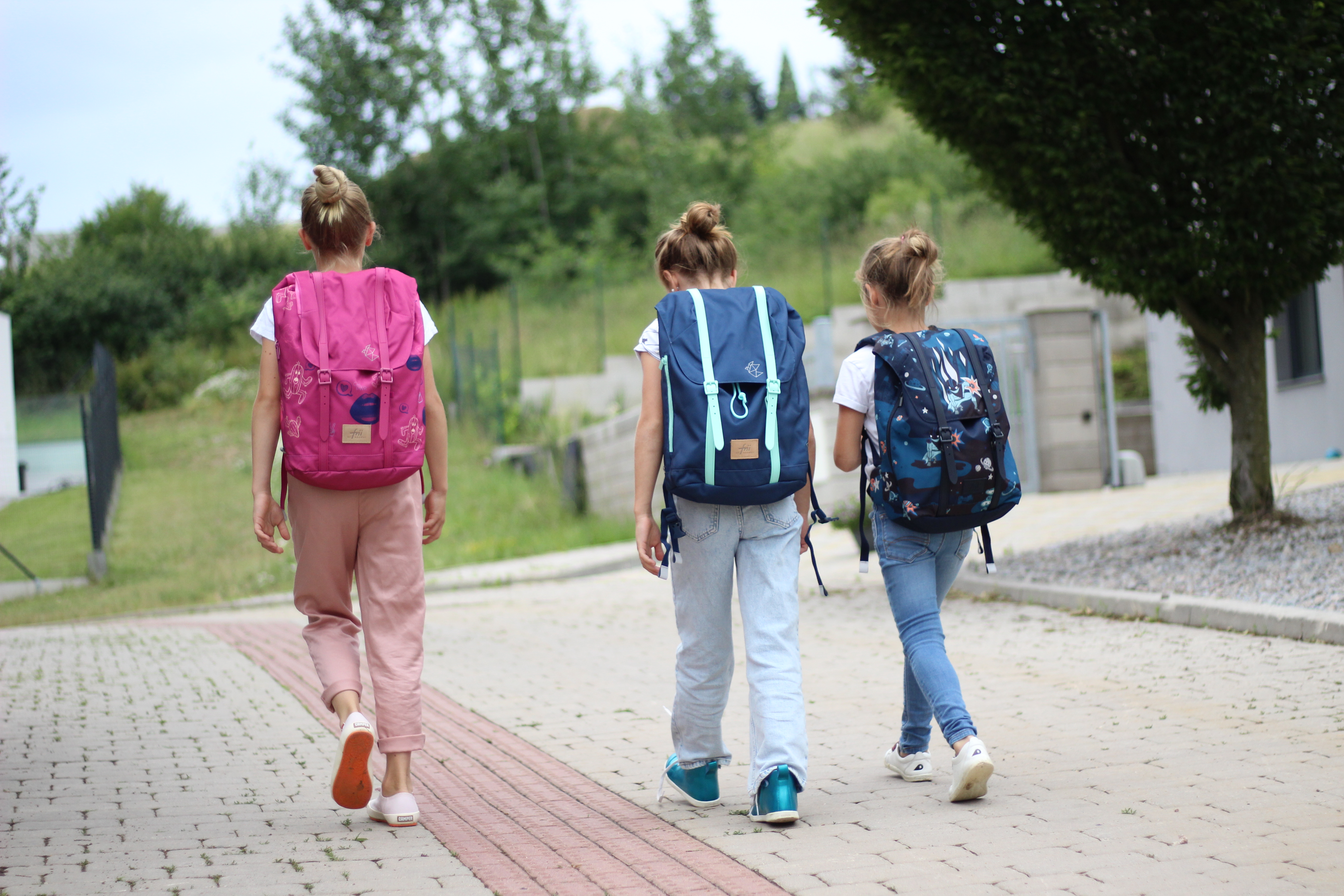You'd like to promote a child's natural development, but you don't know how? How about leaving it to the kids? Who else should know if something is limiting them but the children themselves?
As adults, especially first-time parents, we tend to want the 'best' for our children. But we don't always have enough verified information, so in good faith, we often force our children to do something totally against their instincts.
Some things children can do on their own. Rolling over, crawling, sitting down, standing up, taking their first steps - by trial and error, they gradually work their way to success and don't need lessons from their parents on how to do it. On the contrary, walkers are a health hazard, the same pulling hands and other forms of support they wouldn't find in nature. Let the children work independently and use the environment when they need to.
Have you ever noticed how many children cry when you put their shoes on for the first time? Or how they rip them off their feet in a demonstration? And adults shake their heads, saying that the poor little things don't understand what's good for them when the shoes are supposed to protect their feet. But what if we're the ones who don't comprehend what's best for the natural development of the foot?
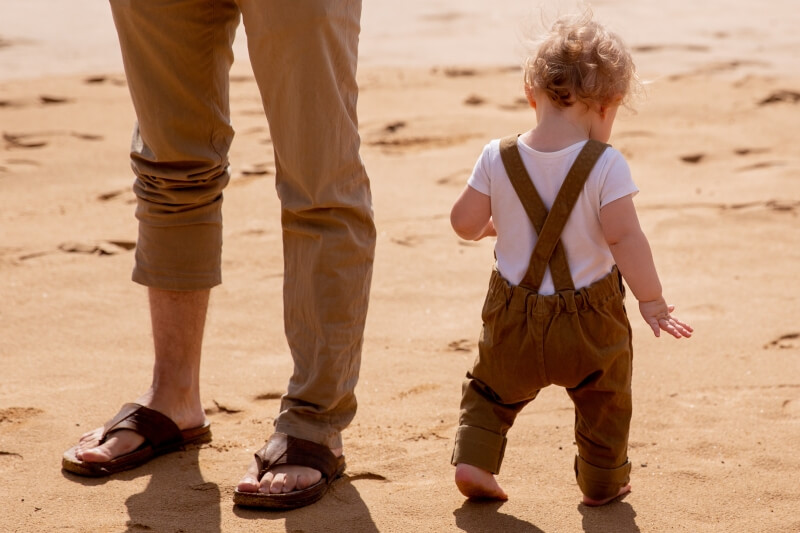
Barefoot walking
The foot sole contains a considerable number of nerve receptors that provide feedback to the brain about the terrain on which a person is walking. This information is particularly important for novice walkers to learn how to distribute weight and maintain stability, even with significant toe engagement.
The higher the shoe sole is, especially if it loses its flexibility as it gets thicker, the more it restricts the natural foot movement. So a child's first pair of boots can completely disrupt their natural walking style. But it is also unwise to send a child into a dangerous environment without proper protection, so you need to look for shoes that are as close to bare feet as possible.
If we had to pick, we would recommend soft soles for first walkers and barefoot shoes in general for older children because, in addition to a thin, flat, and flexible sole, barefoot shoes have enough room in the toe for the fan-shaped toes needed for stable support.

Barefoot shoes not only for children
After so many years inside the system, most of us seem to have lost touch with our nature. We have learned to trust reason and have stopped listening to our body signals. When adults are in pain, they reach for a pill instead of looking for the cause. Or they clench their teeth and endure the pain so as not to cause trouble. But over time, it builds up and comes back again and again.
From our children, we can learn to reject what doesn't make us feel good. Not to wear shoes that squeeze our toes or restrict our range of motion. Not to be swayed by fashion trends, other people's opinions or excessive savings, but to invest in healthy shoes that return the foot to its natural functionality and comfort.

You can start wearing barefoot shoes at any age. It is best to start right from the beginning, but there are benefits for the elderly or anyone else, as long as they do not have any severe health problems that would prevent them from wearing barefoot shoes. So don't just think about healthy footwear for children, but consider healthy footwear for yourself. We stock thousands of pairs for men and women.









